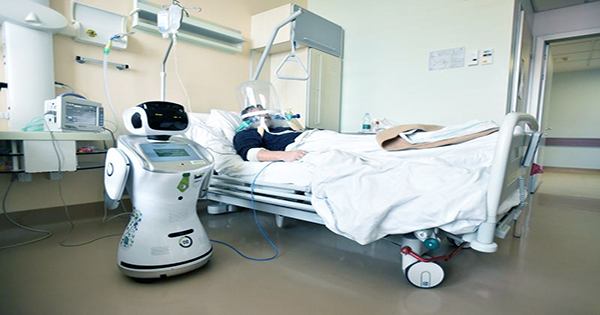Robots are popular among children. In addition, robots in hospitals can help ailing children. Robin, a robot companion, has been tested in an Armenian pediatric clinic, with researchers reporting an improvement in young patients’ appetites and happiness following encounters with the robot. Beginning in July, Robin will provide comfort to children at a dental facility in the United States.
In heartwarming new research, a robot has been strolling the corridors of UCLA Mattel Children’s Hospital, visiting ailing children and brightening their perspective.
In a study to present at the American Academy of Pediatrics (AAP) National Conference, researchers observed that their human-controlled robot, named Robin, was able to inspire a more optimistic view in the youngsters and even improve their medical contacts.
In a statement, Justin Wagner, MD, a pediatric surgeon at UCLA Mattel Children’s Hospital and senior author of the study, said, “Our team has demonstrated that a social companion robot can go beyond video chats on a tablet to give us a more imaginative and profound way to make the hospital less stressful.”
“As the pandemic continues, our patients are still scared and vulnerable in a variety of ways, so it’s vital that we think of new methods to make their lives simpler when they need us.”
Robin stands around 1.2 meters (4 feet) tall and can move, talk, and play with the kids. He also has a screen on top that displays facial expressions and other information. During the trial time, Robin visited the children for hour-long sessions, and the results compared to those of utilizing a regular pill, which has become prevalent in hospitals as the pandemic continues.
They discovered that 90% of patients were “very likely” to request another visit from Robin, showing a resoundingly positive reaction to the robot companion. There was also a reported 29 percent rise in positive affect (how positively the children reacted to the world), which was much better than the pill visits, and a 33 percent decrease in negative effect.
The increases in the mood even seemed to affect healthcare staff and their families, implying that Robin was a far superior option to conventional remote visiting methods.















